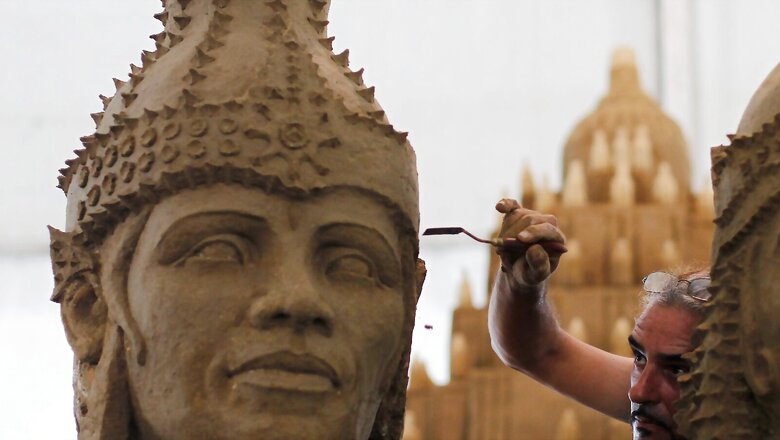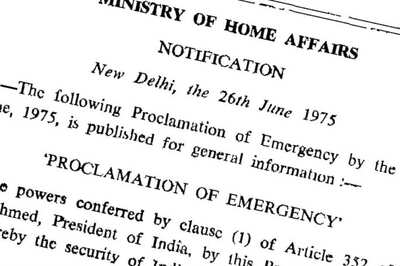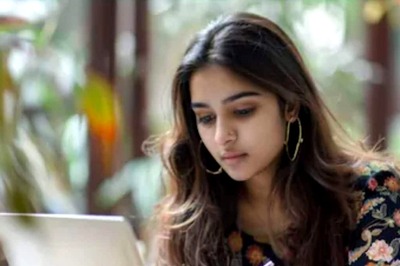
views
During Diwali last year, Ayodhya broke its own record by lighting up 9 lakh diyas, but along with that, another thing also happened, which went mostly unnoticed. Ambassadors of Vietnam, Kenya, Trinidad and Tobago performed the symbolic Rajtilak ceremony of the actors portraying the roles of Lord Rama, Lakshmana and Sita at Ayodhya itself.
In the following week, the President of India conferred the Padma Awards of 2021. One those conferred was Dr I Wayana Dibia, an Indonesian artist working on the arts related to Ramayana and Mahabharata. Dibia is credited with creating “more than 150 new works on dance and dance dramas, mostly exploring both the Hindu Epics”.
A larger picture emerges once these two subtle events are connected, i.e. the use of the Ramayana, an ancient Hindu epic, to enhance bilaterally — and sometimes, multilaterally — relations in international politics. The Indian government has made what Joseph Nye of Harvard University called a ‘soft power’ — the ability to attract co-opt rather than coerce.
However, this is not the first instance when the epic was used at the international forums. In 2018, when the India-ASEAN Commemorative Summit was organised to celebrate the ties of 25 years, commemorative stamps were launched featuring various arts related to the Ramayana, performed in South-East Asian countries. Along with this, the Ramayana Fest was also organised with the participation of these 10 countries.
Various versions of Ramayana, like Ramakien in Thailand, are also declared as national epics in some of these countries. The dances and arts related to the epic are not unusual there.
During the same year, the first lady of South Korea, Kim Jung-sook, took part in the Diwali celebrations at Ayodhya. Her tour was unique as it began with ground-breaking ceremony for the beautification of the Queen Heo Memorial. Queen Heo (Princess Suriratna) belonged to Ayodhya and married King Kim Suro as per Korean legends.
With Nepal, India’s initiatives to connect Sita’s birthplace, Janakpur, and Rama’s birthplace, Ayodhya, are well known. Recently, during the visit of the Foreign Secretary, there was a focus to revive the Ramayana link in Sri Lanka, and the Lankan Consul General in Mumbai echoed the same.
The above instances make a more significant point: the use of Ramayana as soft power.
Every country depends on soft power in the 21st century to make their point gently. For example, the supremacy of the US is ascertained in Hollywood movies.
Epics like Ramayana invoke cultural and civilisational connections of India with other Asian countries. They can further strengthen the present and the future by utilising the past. The use of soft power for conflict prevention is also an interesting study area.
The multidimensional approach can be adopted to further enhance people-to-people, business-to-business, and government-to-government relations.
First, with government cooperation, places related to various versions of the Ramayana can be connected, and as a result, tourism can be promoted. Imagine a Nepali family watching the Ramayana Ballet sitting in the 1300-year-old Prambanan Temple, Indonesia, after already visiting the places related to Ramayana in India and Sri Lanka. The implementation of the ‘Ramayana Circuit’ can, in such situations, be helpful.
Second, numerous business opportunities that can be explored. Reamker, or Cambodian Ramayana is the national epic of Cambodia, a country of 90% Khmer people. These people use unique decorated masks assigned to different characters while performing roles described in Reamker.
Madhubani artists of India make various paintings related to Ramayana and sell them in South-East Asian markets. If markets for such items can be developed, it can boost trade between different nations.
Third, researchers and scholars can be brought on a common platform. Translations of various versions of the Ramayana in different languages can also prove beneficial. Balinese and Korean scholars studying Sanskrit at Varanasi can be one of the outcomes.
The idea of Ramayana, or Mahabharata for that matter, as an Indian superpower for the 21st century looks exciting. Few things have been explored in the right direction; some are being explored, but many are unexplored. It will surely benefit countries in the Indian subcontinent, South-East Asia, and Africa where Indian diaspora is significant.
Harshil Mehta is an analyst and columnist who writes on various issues including international relations, diplomacy, national and social issues pertaining to India. He tweets @MehHarshil. The views expressed in this article are those of the author and do not represent the stand of this publication.
Read all the Latest Opinions here




















Comments
0 comment